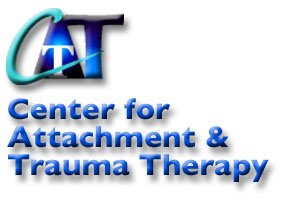
Eye Movement Desensitization and Reprocessing - EMDR
EMDR: When Words Are Not Enough
When upset from a distressing event is not processed, those thoughts, images, emotions, and body sensations may become stuck in the memory system. For someone living with unresolved trauma, certain situations or behaviors can become triggers, in which something happening in the present causes an overwhelming feeling of reliving the traumatic event (also known as a flashback). Triggers can interfere with healthy responses to many situations and create additional challenges in relationships.
EMDR treatment involves bringing up a visual, internal image of the trauma, the emotions that the memory arouses, where those emotions are felt in the body, and the negative belief about the client that the memory evokes. The therapeutic process then utilizes bilateral stimulation to enable the brain to process stored traumatic memories. Bilateral stimulation uses touch, eye movement, or sound on alternating sides of the body to (a) help process disturbing memories and (b) enhance feelings of calm, positivity, and well-being. Although the traumatic experience is not forgotten, the fight, flight, freeze response is no longer attached to the memory.
EMDR can be done virtually in a variety of ways, and we will work together to find the way that works best for you.
Attachment & Trauma Therapy to Treat Chronic Pain
Central sensitization, according to the Institute for Chronic Pain, is a condition where the nervous system gets regulated into a persistent state of high reactivity. This makes it easier for the brain and nervous system to continue perceiving pain after the initial injury has healed. Even a gentle touch or massage can be excruciatingly painful.
People with early trauma and/or breaks in attachment are more susceptible to the types of pain where there is no discernible damage to tissue or an obvious medical reason for the pain. Due to the mind-body connection, people with depression, anxiety, and multiple Adverse Childhood Experiences (ACEs) are more likely to have chronic pain ailments, such as rheumatoid arthritis, fibromyalgia, chronic migraine headaches, chronic tension headaches, chronic back pain, etc.
Adverse Childhood Experiences (ACEs) can include:
Parental insults, belittling, humiliation and swearing
Physical and/or sexual abuse
Emotional and/or physical neglect
Witnessing violence against mother
Parental substance and/or alcohol abuse
Parental mental illness or suicidality
Incarceration of a family member
Studies have shown that therapy that incorporates EMDR shows promise as an effective treatment for chronic pain.


